The study titled “Contribution of Biofilm and Cell Surface Hydrophobicity in the Resistance of Pseudomonas aeruginosa from Some Healthcare Settings of Yaoundé” explores how biofilm production and cell surface hydrophobicity (CSH) influence antibiotic resistance in P. aeruginosa strains isolated in Yaoundé. Among isolates from 300 patient samples, 83.33% formed biofilms and many showed hydrophobicity. A positive correlation was found between biofilm formation and multidrug resistance. Although CSH plays a role in adhesion, it was not directly linked to multidrug resistance. The study stresses that these bacterial traits reduce antibiotic effectiveness and should guide clinical decisions and infection control in hospitals.
L’étude intitulée « Contribution of Biofilm and Cell Surface Hydrophobicity in the Resistance of Pseudomonas aeruginosa from Some Healthcare Settings of Yaoundé » examine l’impact du biofilm et de l’hydrophobicité sur la résistance aux antibiotiques. Parmi les souches isolées de 300 échantillons de patients, 83,33 % formaient un biofilm, et beaucoup présentaient une surface hydrophobe. Une corrélation positive est observée entre biofilm et multirésistance. L’hydrophobicité, bien que liée à l’adhésion, n’est pas directement associée à la multirésistance. L’étude souligne que ces propriétés réduisent l’efficacité des antibiotiques et doivent orienter les décisions cliniques et les politiques de contrôle des infections.


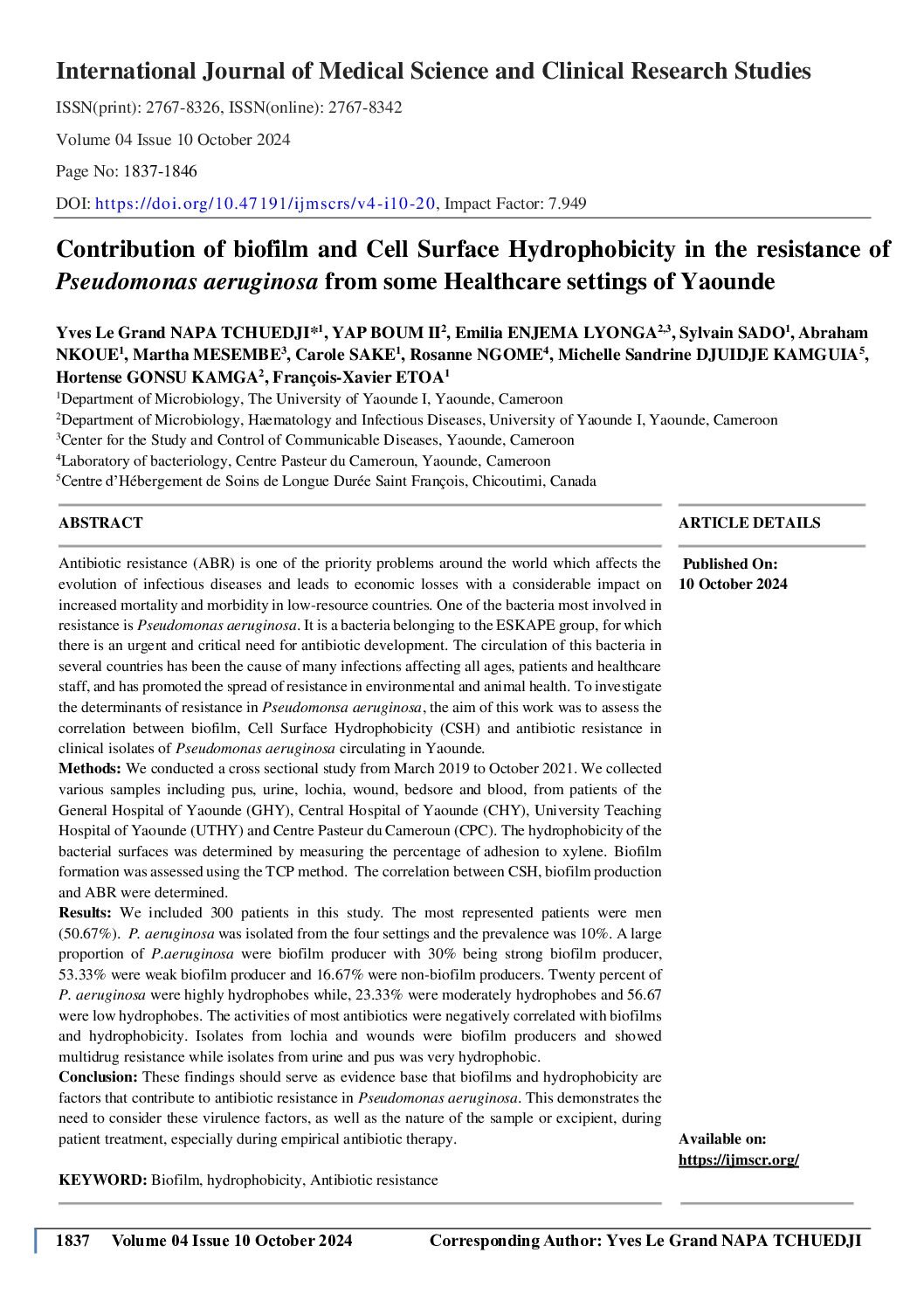
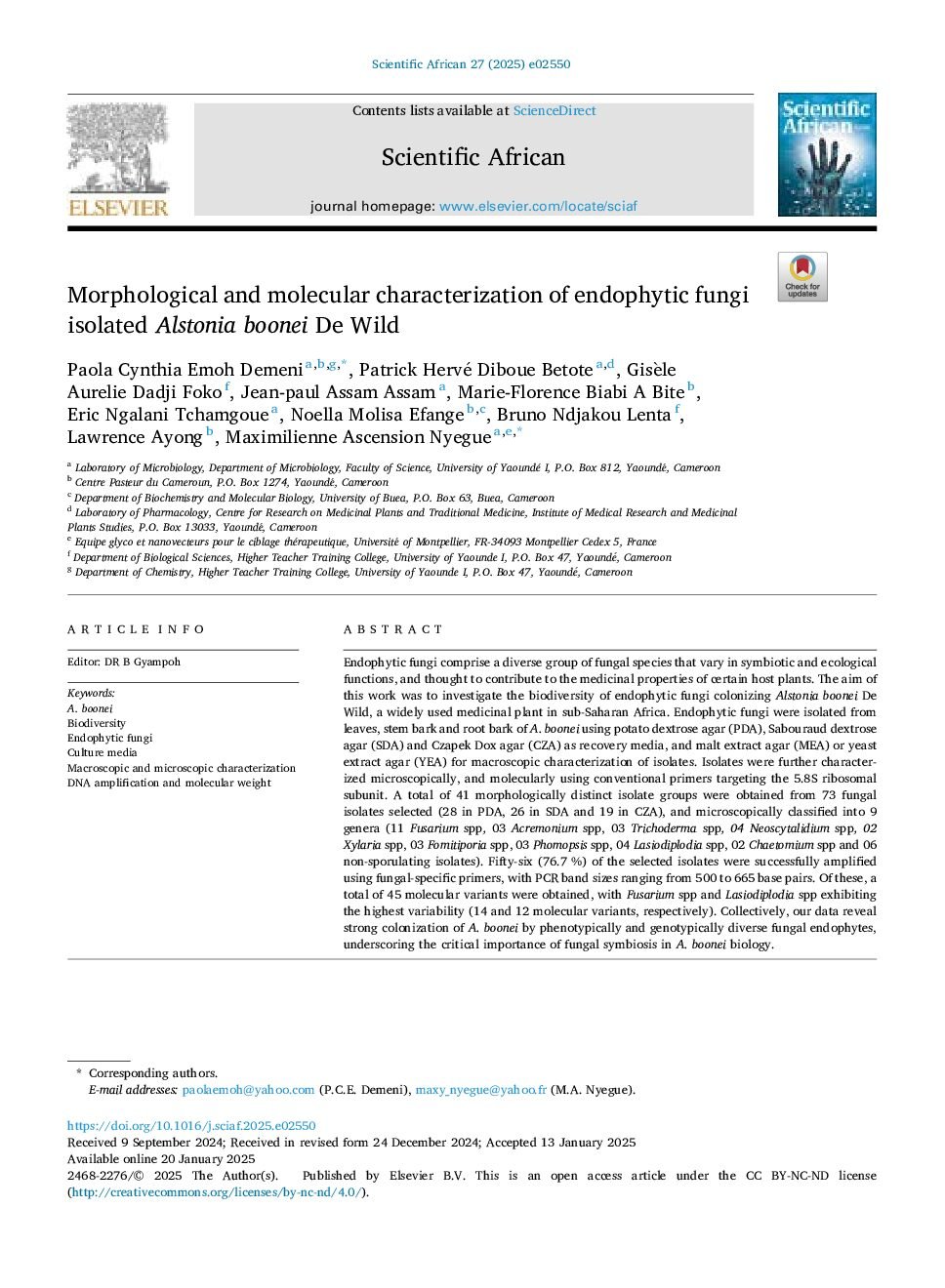
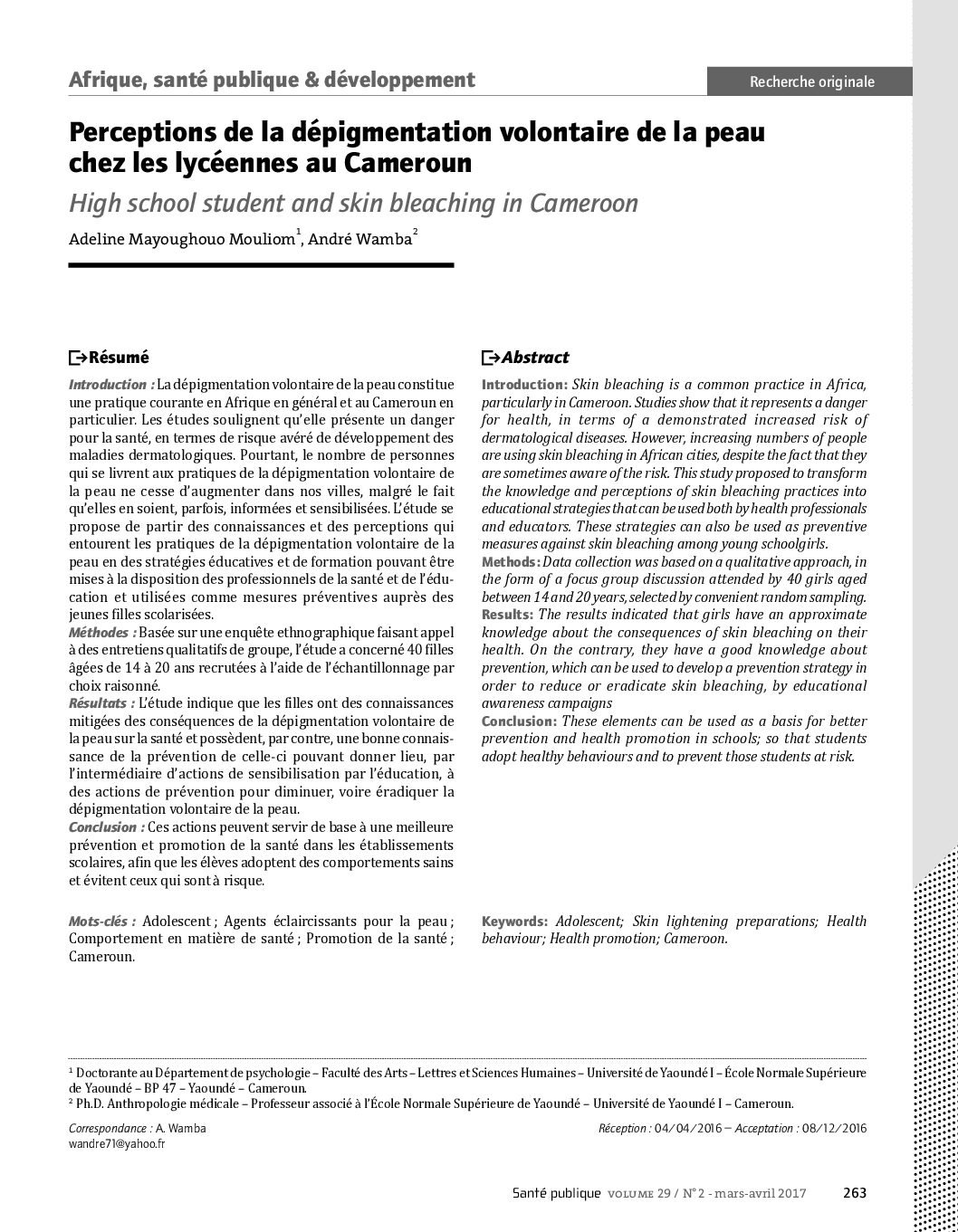
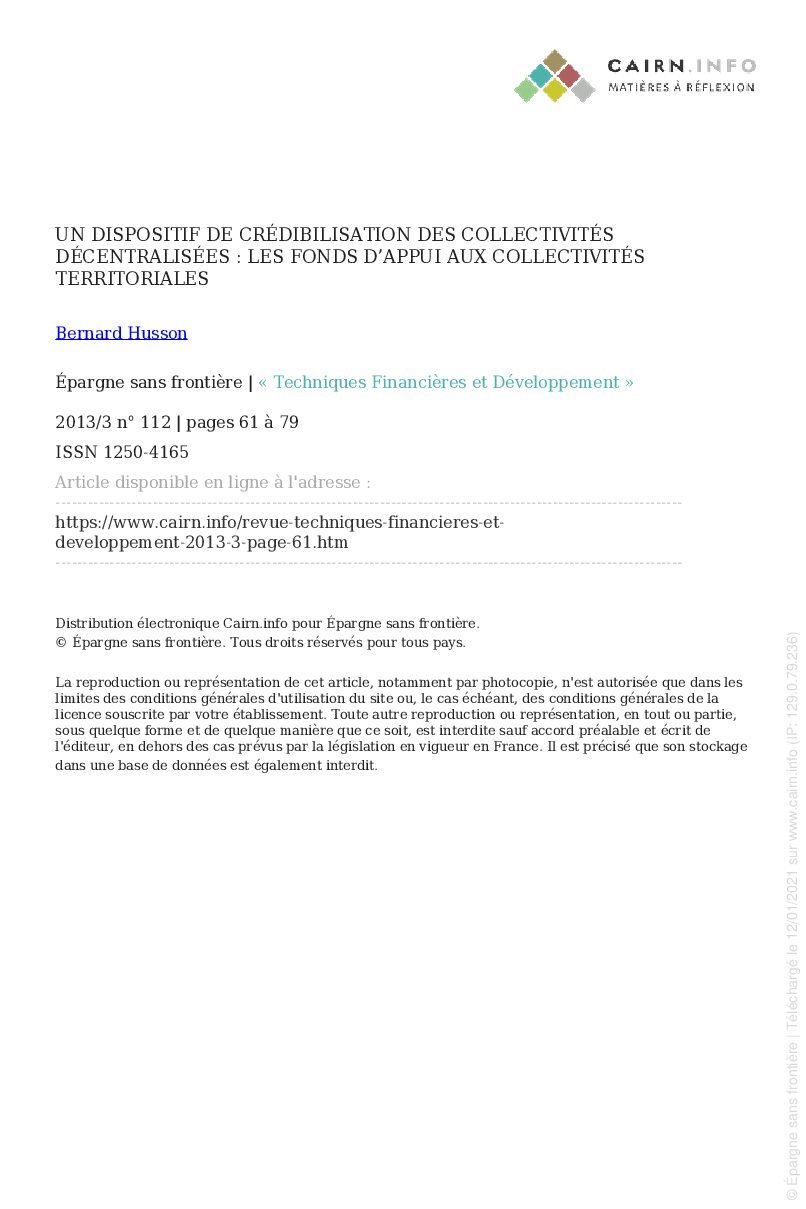
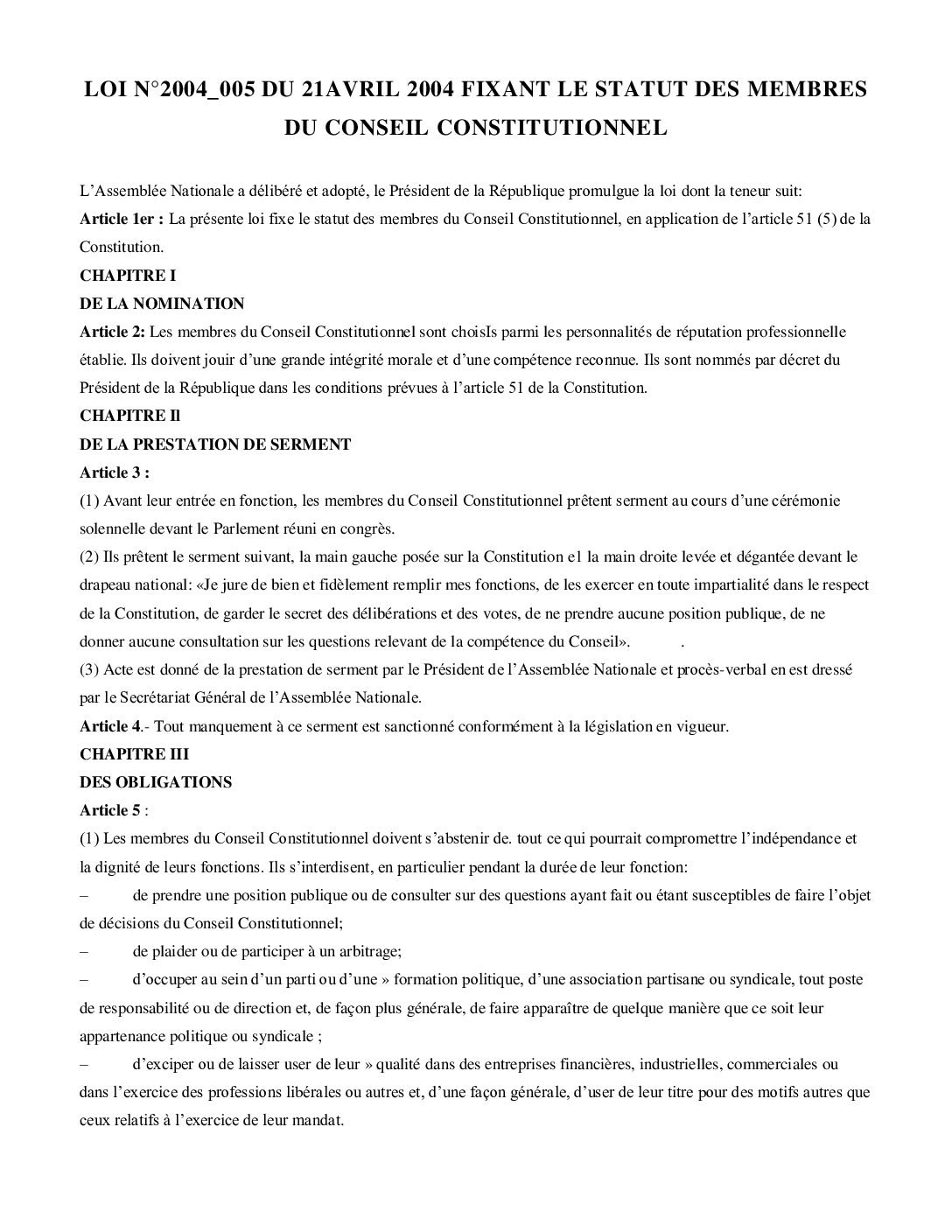
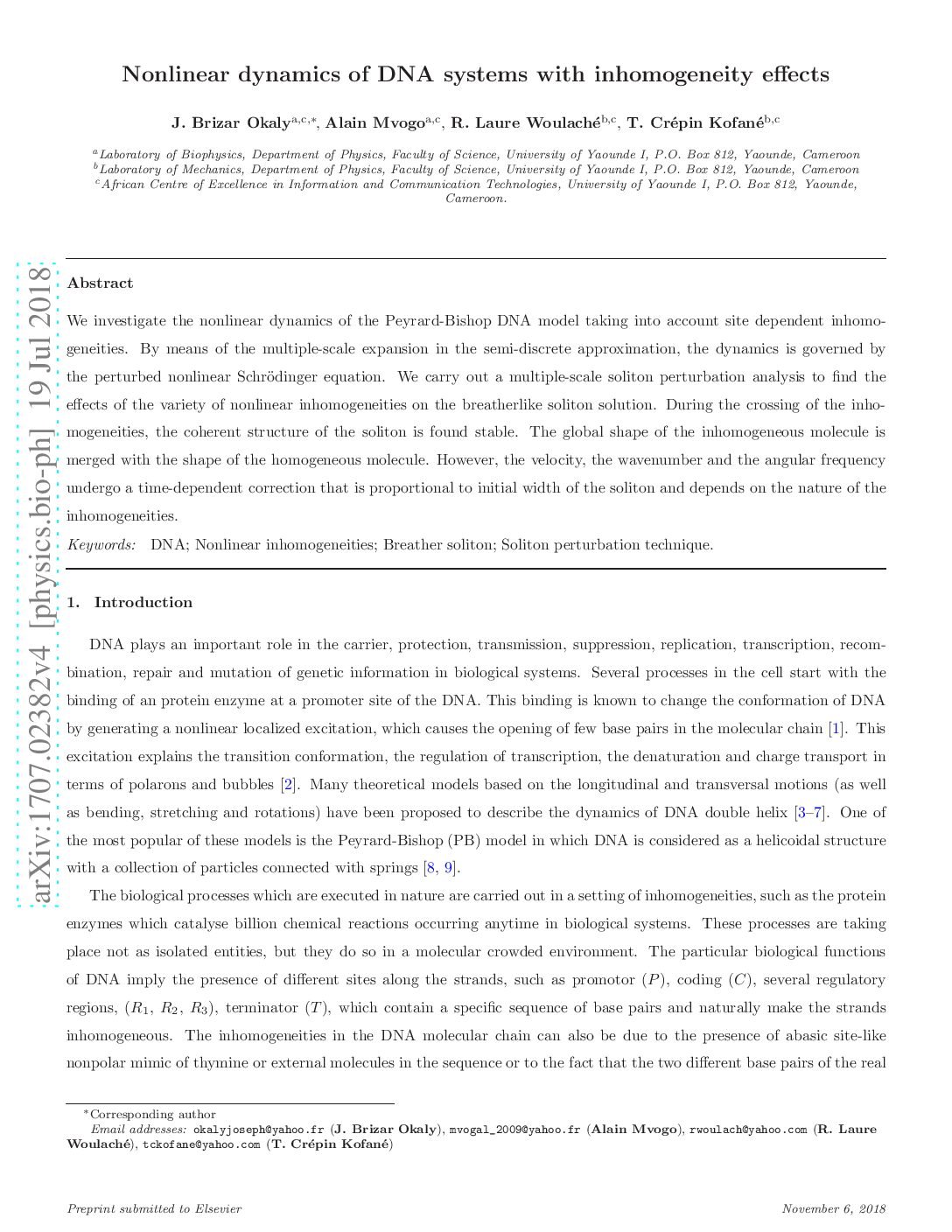



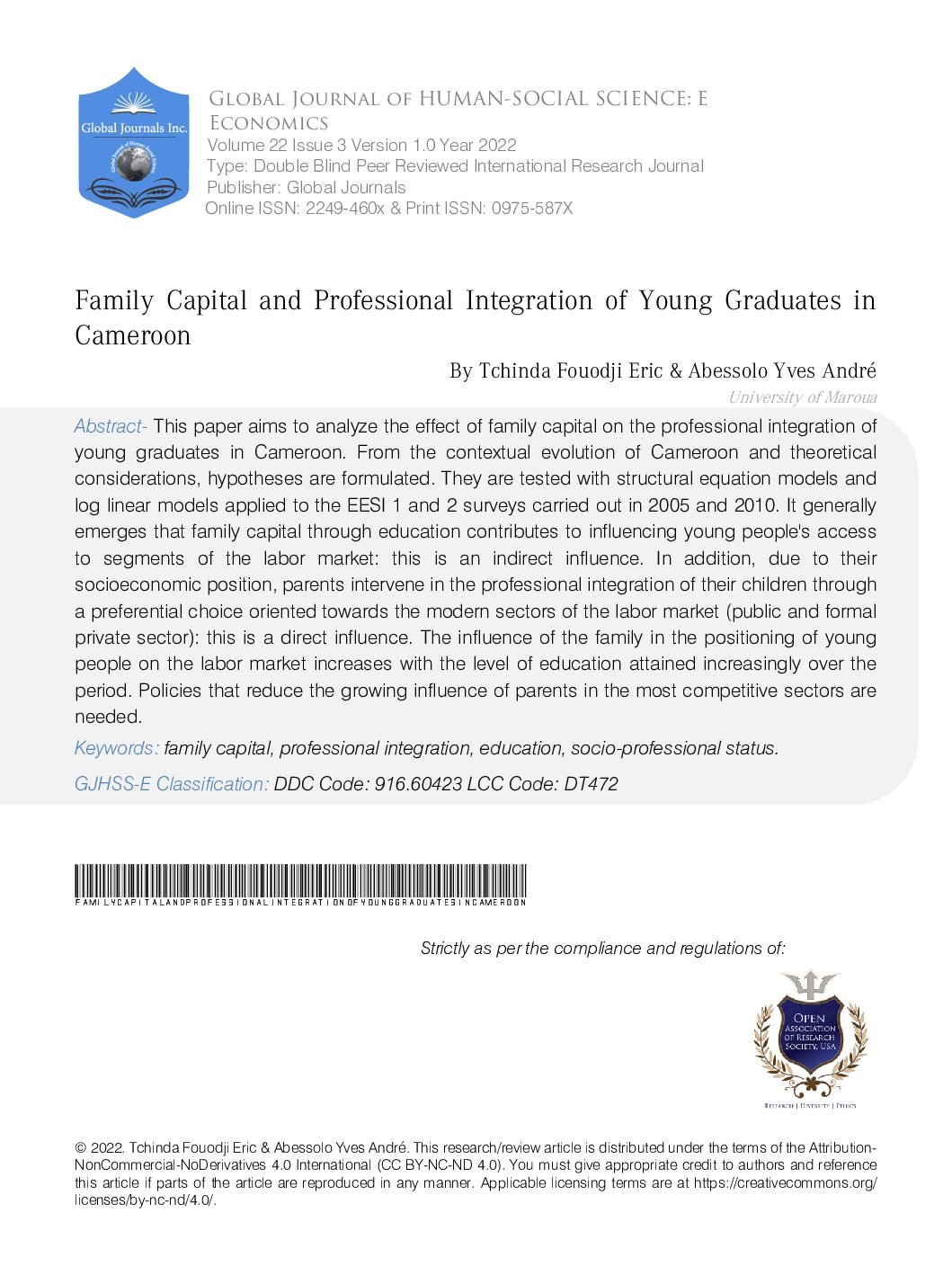
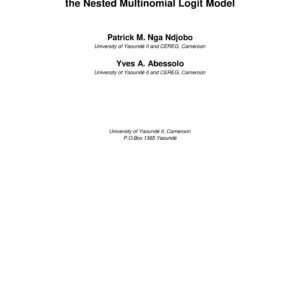
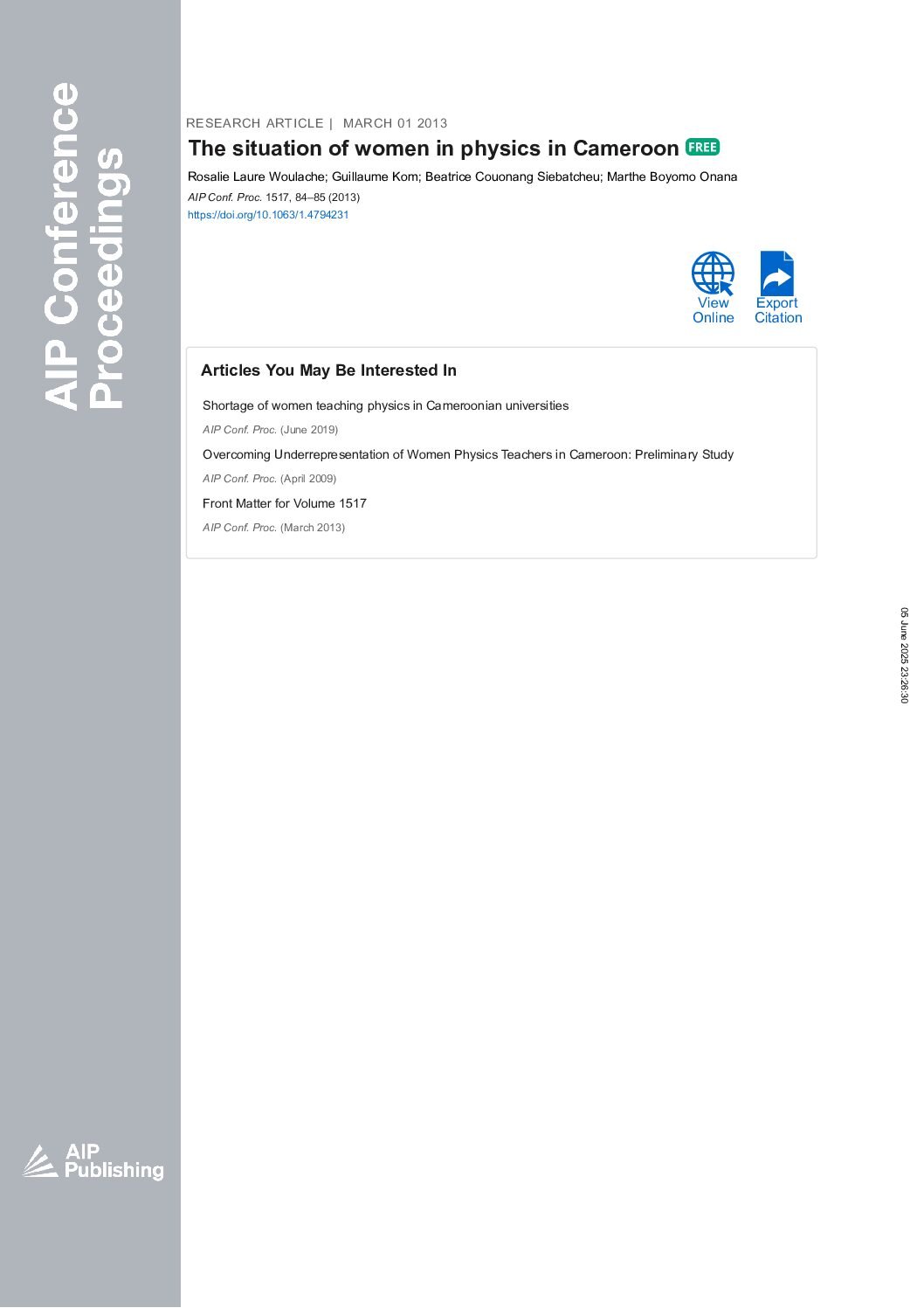
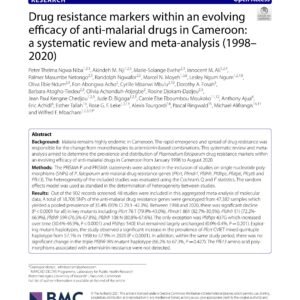
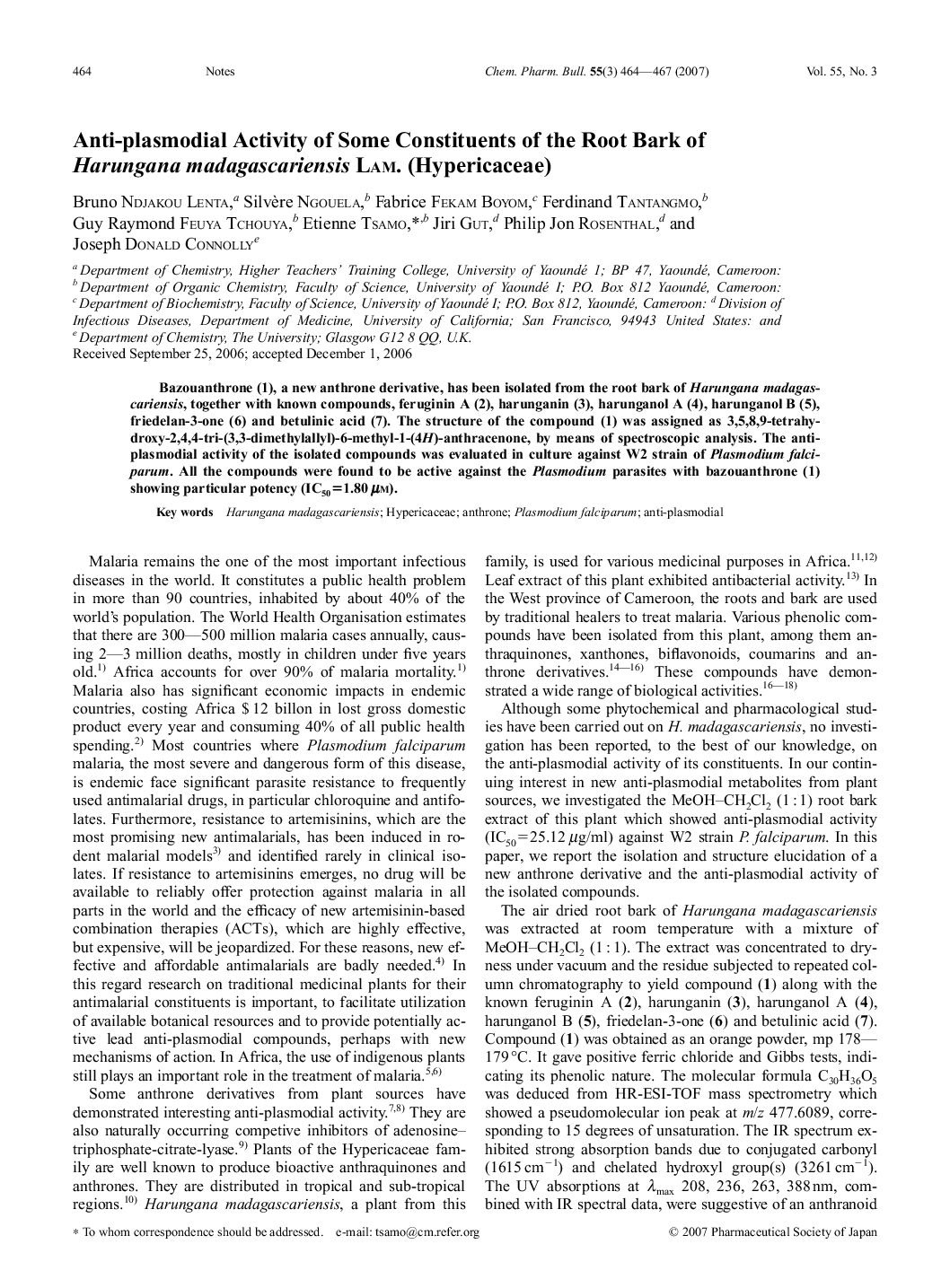
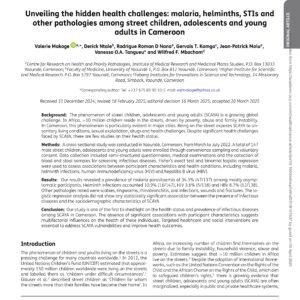

Avis
Il n’y a pas encore d’avis.